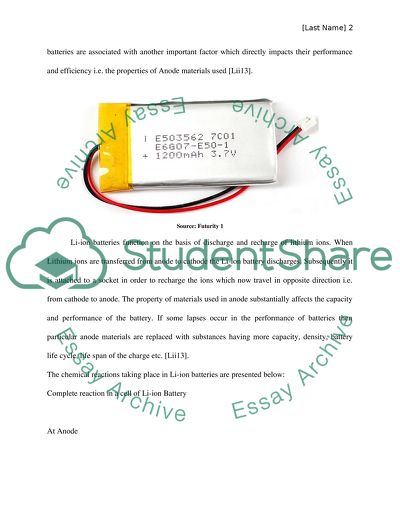Cite this document
(“Anode materials in Li-ion batteries Research Paper”, n.d.)
Retrieved from https://studentshare.org/chemistry/1487302-anode-materials-in-li-ion-batteries
Retrieved from https://studentshare.org/chemistry/1487302-anode-materials-in-li-ion-batteries
(Anode Materials in Li-Ion Batteries Research Paper)
https://studentshare.org/chemistry/1487302-anode-materials-in-li-ion-batteries.
https://studentshare.org/chemistry/1487302-anode-materials-in-li-ion-batteries.
“Anode Materials in Li-Ion Batteries Research Paper”, n.d. https://studentshare.org/chemistry/1487302-anode-materials-in-li-ion-batteries.


